A half-dozen ForestWatch volunteers descended on an unnamed tributary of the Sespe this past Thursday, continuing our on-going tamarisk eradication efforts in the area.
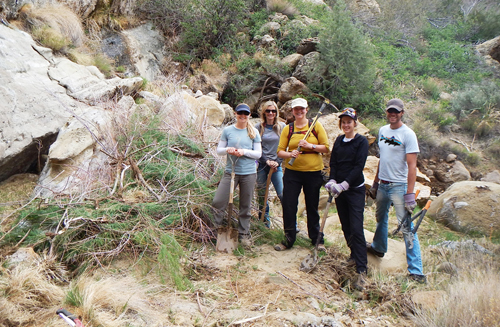
Last month’s rains proved helpful — the soil was much more forgiving that during previous visits. Our hearty crew leveraged rock bars, shovels, and pickaxes to great effect and removed a number of the invasives. The crew also scouted further along some side tributaries, checking for additional specimens.
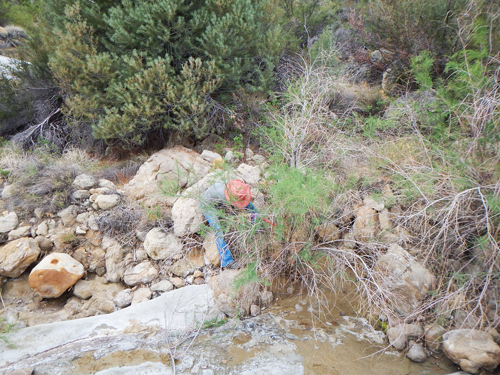
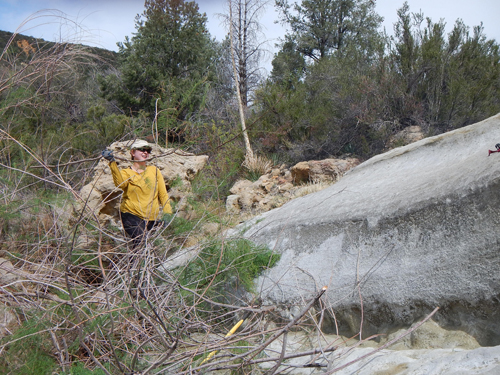
Tamarisk was sold as an ornamental and windbreak plant in the 1800s and 1900s. Mature tamarisk trees can produce millions of tiny seeds that easily disperse through wind and water, and these seeds quickly escaped from gardens and started taking over the banks of streams and rivers. Tamarisk grows rapidly and can reach heights of twenty feet, and its taproot can extend more than one hundred feet underground.
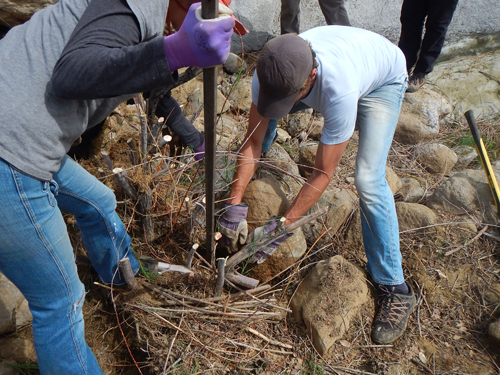
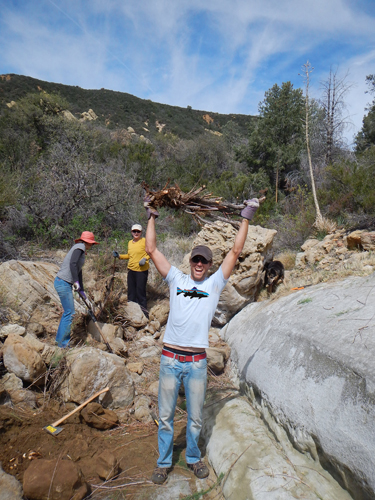
The plant provides poor habitat for native bird species, smothers native willows and other plants, and consumes large amounts of water from adjacent streams, leaving greatly-reduced water supplies for fish and wildlife.
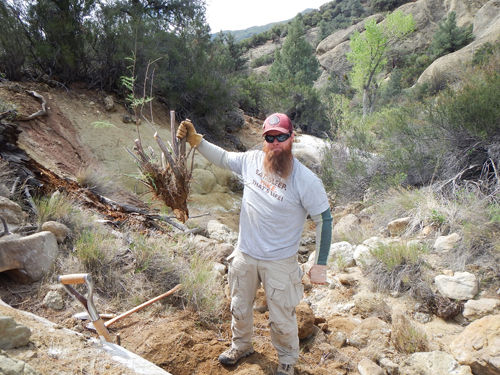
There are more tamarisk still growing in this beautiful corner of the Los Padres, so we’ll be back soon! For more information about ForestWatch’s volunteer projects or to get involved, visit LPFW.org/volunteer.







Comments are closed.